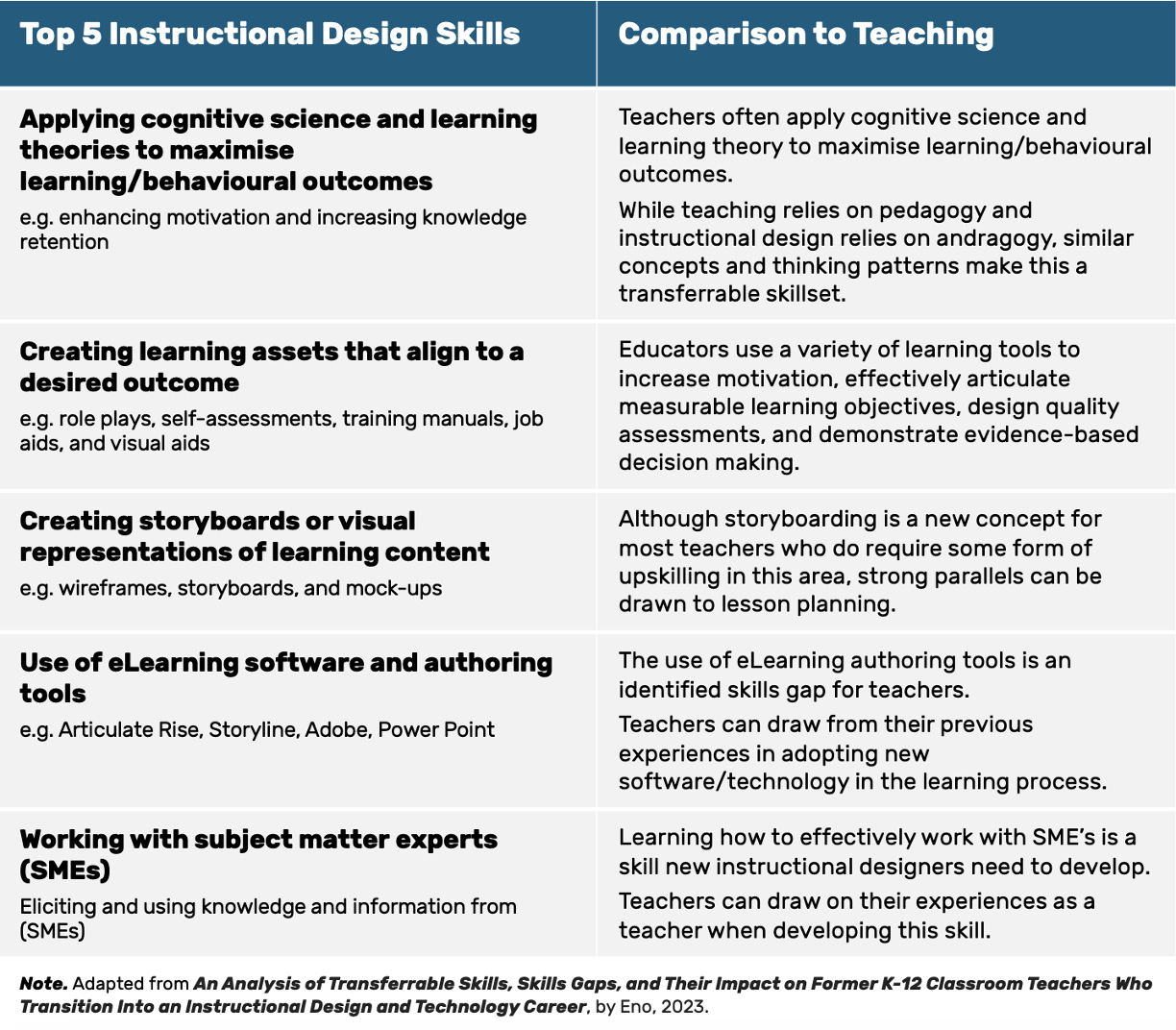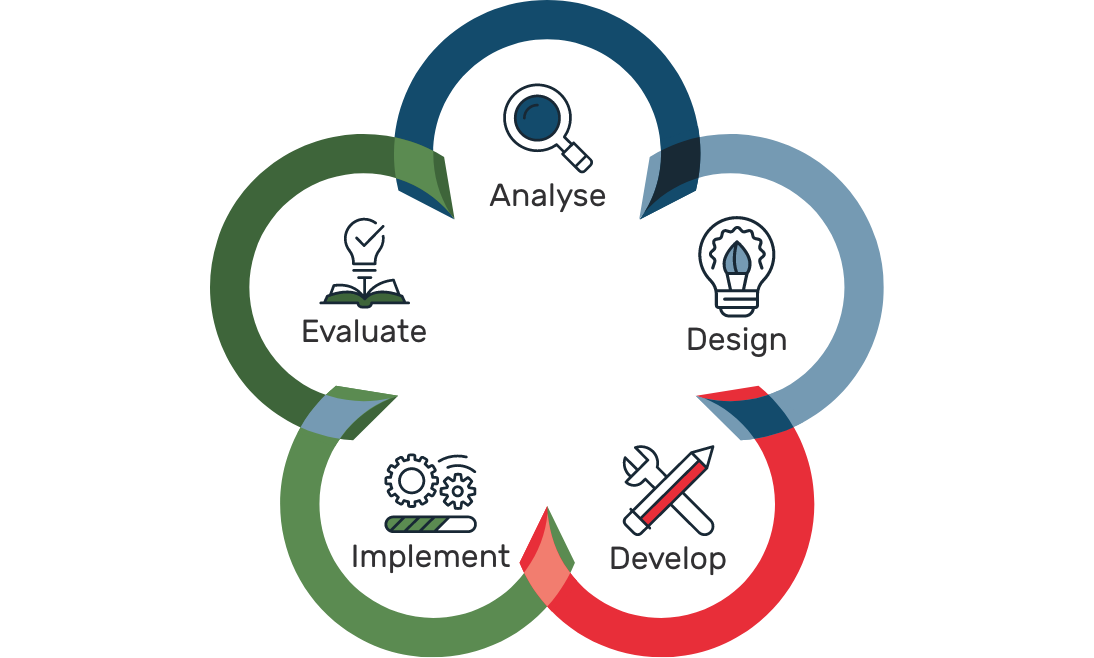How Teachers Can Transition to Instructional Designers
Unpacking Teacher Dissatisfaction
In recent years many educators have left traditional teaching roles to pursue a career in instructional design. This transition reflects not only a desire for professional growth but is also a response to prevalent challenges in the teaching profession that have led to a decline in job satisfaction. Factors such as feelings of burnout, high attrition, high workloads, insufficient salary, limited career progression, and a perceived lack of autonomy have left many educators seeking alternate career paths (Eno, 2023).
Job Satisfaction in Instructional Design
Amidst these challenges, instructional design emerges as a promising career avenue. A survey by Peck (2021) identified that 94% of instructional designers were satisfied/very satisfied with their work-life balance and 91% were satisfied/very satisfied with their current role. Similarly, instructional designers and e-learning developers scored top marks for every quality-of-life category including personal satisfaction, benefit to society, telecommuting, and low stress (Braverman, 2015).
Why Transition to Instructional Design?
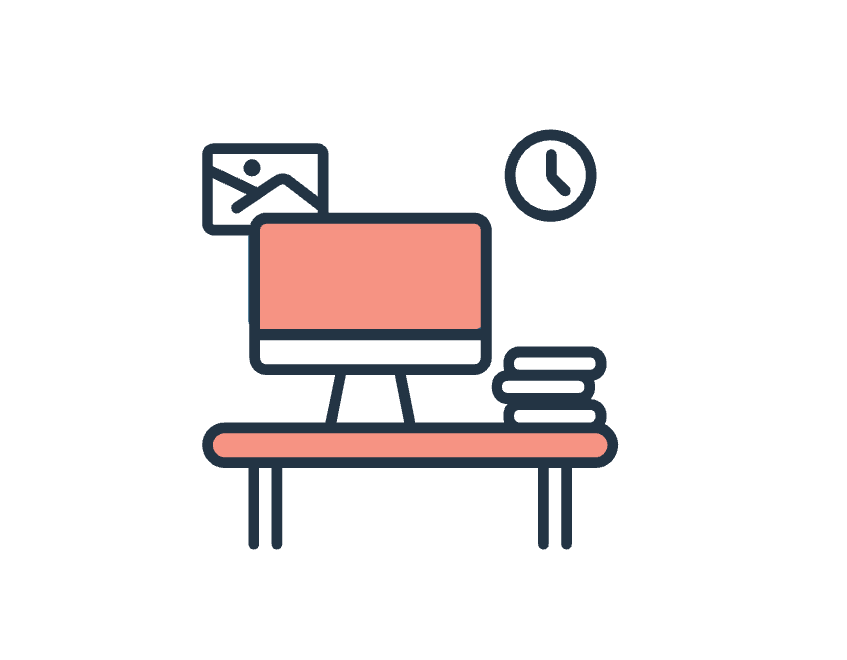
Embrace the freedom of working remotely
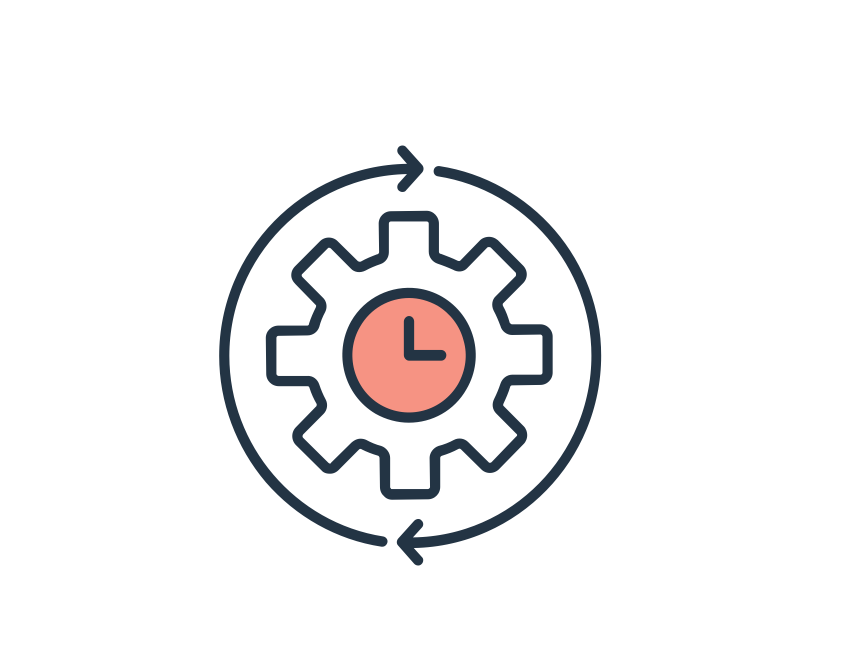
Flexible work hours
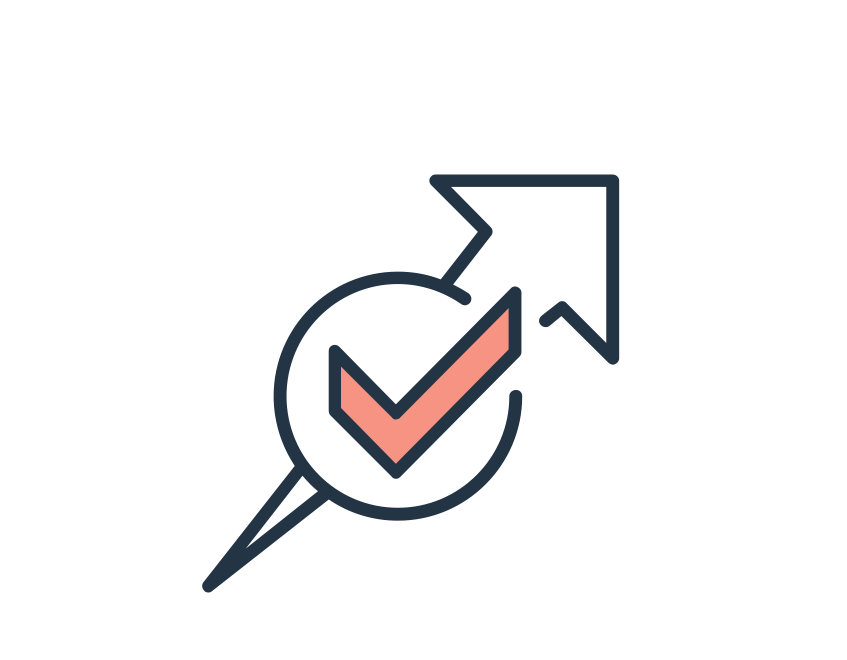
Join a thriving industry where your skills are in demand!

Constantly expand your knowledge and skills in a dynamic role

Make a meaningful impact by helping others to learn and grow
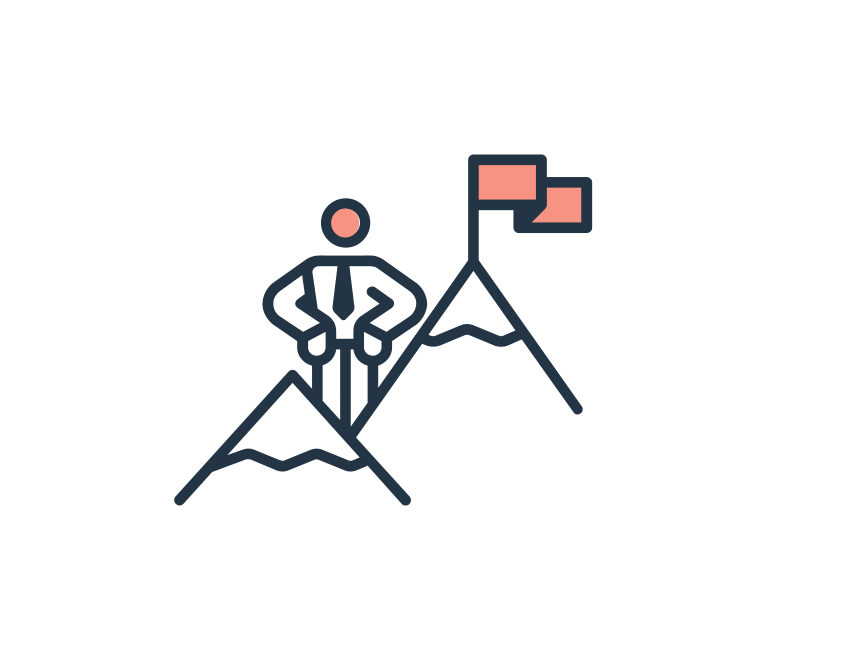
Say goodbye to minotony
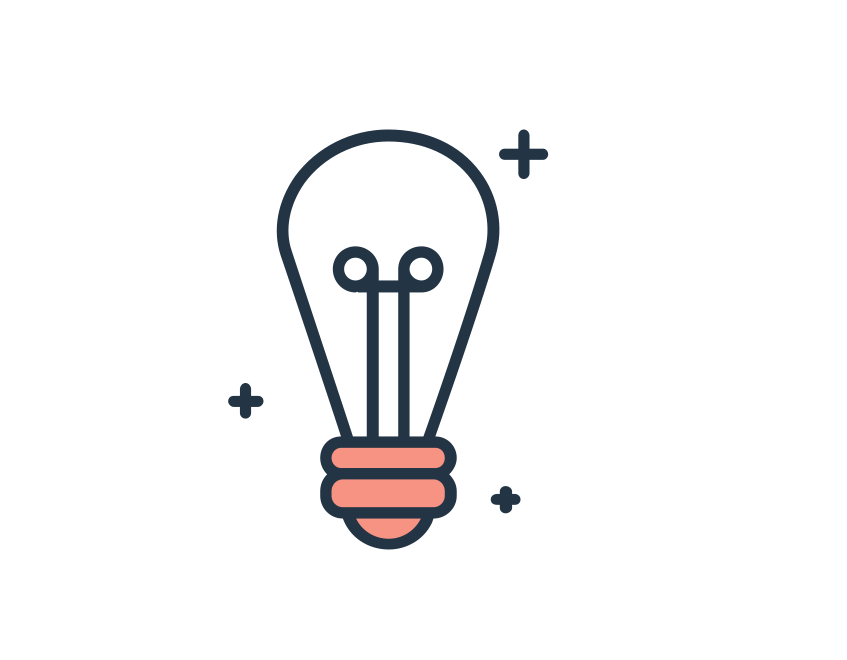
Channel your creativity and problem solving abilities into learning design
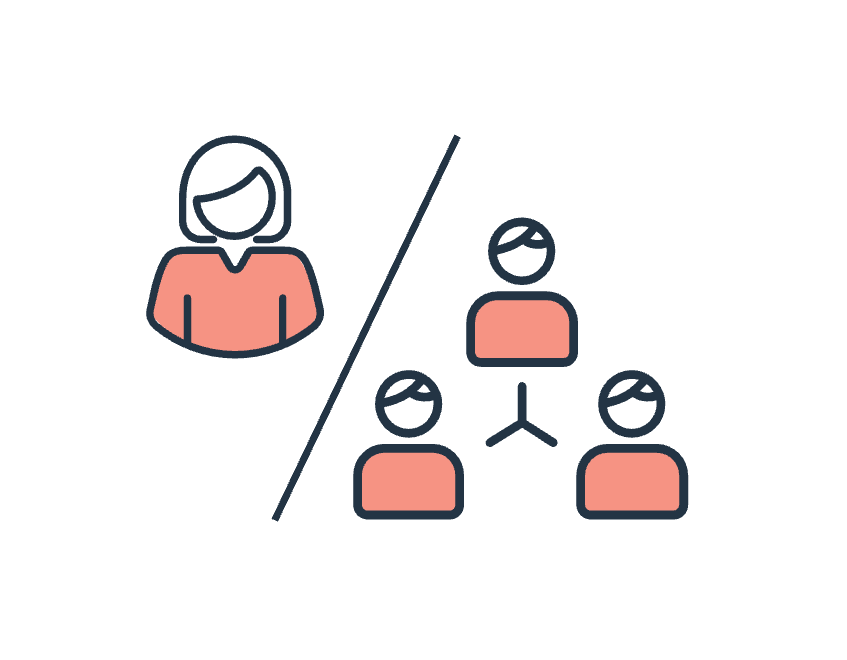
Versitility of freelancing or working in a team
Teachers transitioning to the instructional design field can fulfill the intrinsic and altruistic motivations that drew them to teaching in the first place. The opportunity to create impactful learning experiences and contribute to learners’ growth aligns seamlessly with the core values that inspired many educators to enter the field (Eno, 2023).
Beyond intrinsic motivations, instructional design offers tangible extrinsic benefits. Teachers seeking a change can anticipate increased salary prospects, lower stress levels, improved work-life balance, greater flexibility, and more autonomy, providing a comprehensive solution to address factors contributing to dissatisfaction in their current roles (Eno, 2023).
Transferrable Skills
While the overall scope of these careers is different, educators possess a range of transferrable skills applicable to instructional design. Teachers excel in creating conducive learning environments, motivating students, and employing various teaching methods for diverse learning preferences (Gultom et al., 2020). Teachers, much like instructional designers, must articulate measurable learning objectives and design quality assessments to gauge student understanding (Peters-Burton, 2012). Teacher skills, such as curriculum planning, lesson mapping, resource selection, progress evaluation, assessment creation, and effective communication seamlessly align with instructional design needs, reinforcing the parallel between the two roles (Kerr, 1981).
Addressing the Skills Gap
While transferable skills such as the application of learning theories and creating learning assets offer a strong foundation, navigating the transition from teaching to instructional design requires addressing specific skills gaps. Working with subject matter experts, using e-learning authoring tools, and formalising storyboarding practices are crucial skills for success in the dynamic field of instructional design (Eno, 2023).
Professional instructional designers also utilise instructional design frameworks, such as the industry-respected ADDIE Model, to guide the development of effective education and training programs (Eno, 2023).
How do I become an Instructional Designer?
The good news is that teachers looking to bridge these skills gaps don’t necessarily need a formal qualification, however, will benefit significantly from industry-specific training (Khan Academy, 2023).
Our Instructional Design Plus Program is designed to empower educators to seamlessly transition into the world of Instructional Design.
Key Features of the Instructional Design PLUS Course

STUDY FLEXIBLY - TIME, PLACE AND DURATION
Study at your own pace - when you want, where you want. Accelerate and fast-track your development or take your time – it’s up to you!

BENEFIT FROM PERSONALISED COACHING
Team up with one of our Senior Consultants. They will help you to harness your strengths and lift your capabilities. They will review your program at key stages to provide constructive, targeted and supportive feedback.
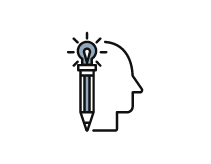
PRACTICE AS YOU LEARN
Step through the instructional design process to develop your very own program and learning materials to add to your portfolio.
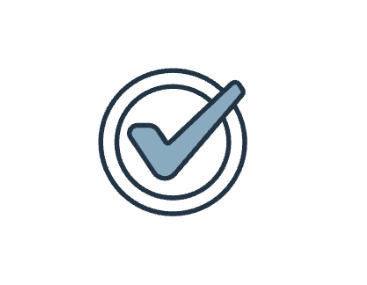
DISCOVER BEST PRACTICE
Review the learning theories and design principles that underpin instructional design decisions. Develop key consulting skills to keep projects on track, work with stakeholders and achieve agreed outcomes.
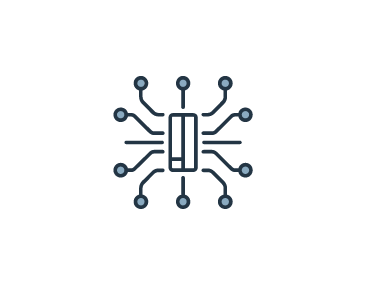
RECEIVE THE PRACTICAL TOOLS YOU NEED
Use our Instructional Design Toolkit – a set of guides and templates to design, develop and evaluate your own learning programs.
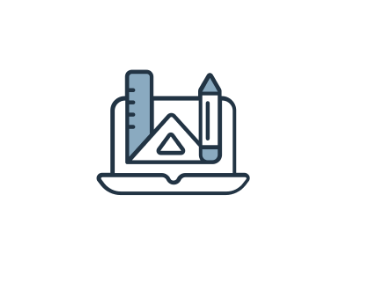
EXPLORE INNOVATIVE TECHNOLOGIES
Consider cutting-edge technologies that are revolutionising learning.
Ready to make the leap? Discover how our Instructional Design Plus Program can unlock new possibilities for your career.
To explore other instructional design courses and resources we offer, click here.
References
Braverman, B. (2015). Best Jobs in America. CNN Money. http://money.cnn.com/magazines/moneymag/bestjobs/2006/
Eno, A. (2023). An Analysis of Transferrable Skills, Skills Gaps, and Their Impact on Former K-12 Classroom Teachers Who Transition Into an Instructional Design and Technology Career (Doctoral dissertation, Idaho State University).
Gultom, S., Hutauruk, A. F., & Ginting, A. M. (2020). Teaching skills of teacher in increasing student learning interest. Budapest International Research and Critics Institute (BIRCI-Journal): Humanities and Social Sciences, 3(3), 1564-1569.
Kerr, S. T. (1981). How teachers design their materials: Implications for instructional design. Instructional Science, 10, 363-378.
Khan Academy (n.d.). How do you become an instructional designer? https://www.khanacademy.org/college-careers-more/career-content/educate/career-profile-instructional-designer/a/how-do-you-become-an-instructional-designer
Peck, D. (2021). Instructional designer full report 2021. Devlin Peck. https://www.devlinpeck.com/posts/instructional-designer-report-2021
Peters-Burton, E. (2012). Learning Progressions in Instructional Design: Expectations and Practice of Scientists Becoming Teachers in the Preservice and First-Year Settings. Journal of the National Association for Alternative Certification, 7(2), 18-33.

